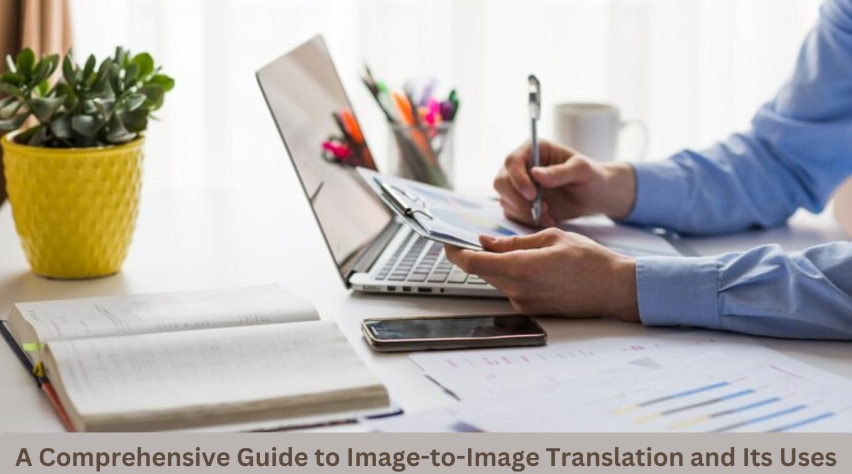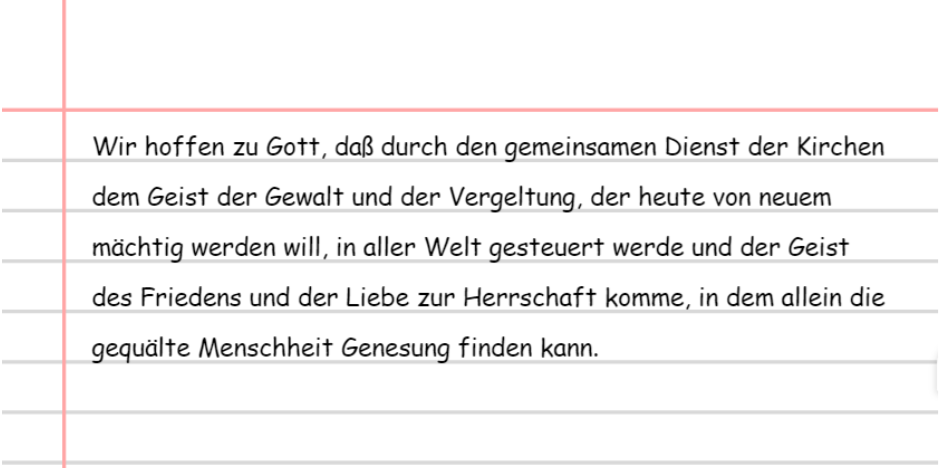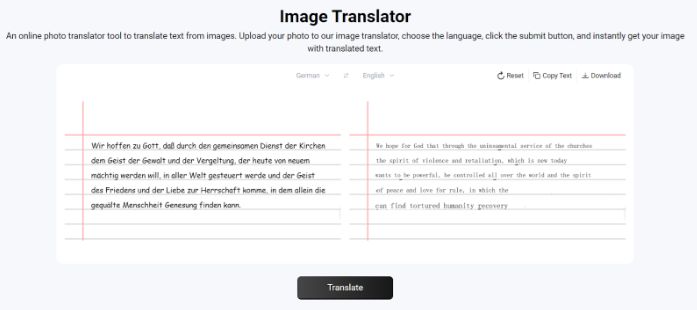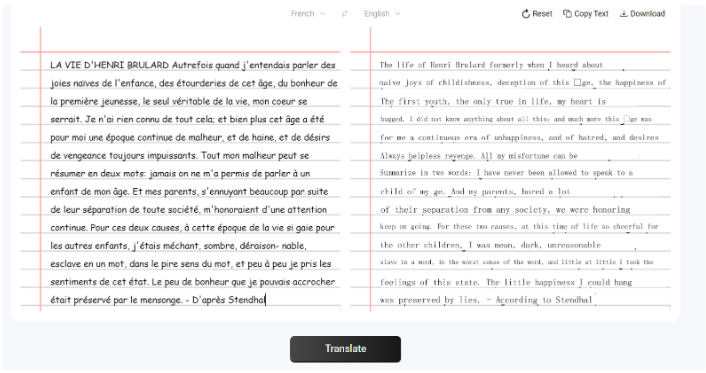A Comprehensive Guide to Image-to-Image Translation and Its Uses
It is very common for online users to come across different images while browsing the internet, scrolling through social media feeds, and using other online platforms. At times, we find images containing other language text.

The likelihood of you bumping into such images is high especially when you are working with a diverse range of clients or want to rank a blog in a foreign language. This is when you might feel the urge to translate such images.
However, the majority of online users don’t know how to perform image-to-image translation. Keeping this in mind, we have decided to provide you with a comprehensive guide, so you don’t have any doubts left about the procedure.
What’s The Best and Easiest Way to Perform Image-to-Image Translation?
The only viable way to translate images is through an image translation tool. Mostly, these tools are free and don’t come with any compulsory sign-up procedures. All you need is to find such a tool and insert the image into it and this is it.
The tool will provide you with a translated image in no time without skipping anything important. Here’s how you can do it:
- Browse the tool
- Upload the image into the tool (you can also use drag and drop option for easy uploading)
- Hit ‘’Translate’’
The tool will take less than a second to translate text images into your desired language while maintaining an image format. You can copy the translated text or download it as an image, depending on your preference. Let’s test and use an image translator to see if such tools really work.
Upon searching online, we randomly found an image translator developed by imagetotext.io. We’ll use it in the following demos.
We will use the following text image downloaded from the internet. As you can see in the below image, the text is in German. Let’s insert this image into the tool and see how that goes.
Our Input Text Image:

To our surprise, the tool did a great job of accurately translating the German text.
Tools’ Output:

In addition to accurately translating the German text, the tool also picked the same image format as you can see above. We’ll test the tool again with another language so we can confidently say that relying on such tools for image-to-image translation is a safe option.
This time, we will insert the following image containing French content into the tool. If we get similar results, we wouldn’t hesitate to recommend using image translators for image-to-image translation.
As you can see below, the tool again does a nice job of accurately translating French text in the image into English. You can set it to another language, depending on your preferences.

We have tested the image translation tool twice and the results are quite satisfying. It is something you, too, can use for all your image translation needs.
Who Needs Image-to-Image Translation
Anyone working with a multilingual audience may need an image-to-image translation. The following professions are more likely to use image translators:
Graphic Designers– They often work with different clients in different languages. They need to perform image translation to convey the desired message through images for a broader audience.
Bloggers – Bloggers are always on the lookout for new ideas. They might find many interesting images containing other language text on other blogs, which they would like to translate for better understanding. Plus, image translation may be necessary for those running a blog in another language.
IT Professionals – When we talk about IT professionals, it means we are talking about a broad range of occupations working on the Internet. They could be digital marketing experts, SEO strategists, data entry specialists, etc. All of these professions may need image translation off and on.
Students – Students need to submit their assignments to earn some good scores. Research is needed to complete such tasks. While finding the research data relevant to their topic on the internet, finding information and text images written in other languages is quite common for them. So, they are more likely to use image translators than others.
These are a few examples of ‘’who need image translation.’’ Anyone can use an image translator at some point.
Conclusion
We have explained how one can perform image-to-image translation effortlessly for free. It involves using a reliable image translator and this is it. We have highlighted all the steps that you need to follow to efficiently translate text images while maintaining their image format. Image translation may be used by anyone working online or those who interact with text images regularly. They may be graphic designers, students, bloggers, and other IT professionals.
Also Read: Digital Learning: The Advancement of Education – IJLTEMAS